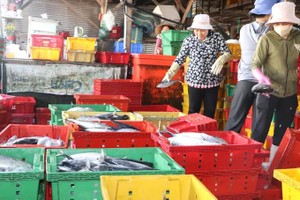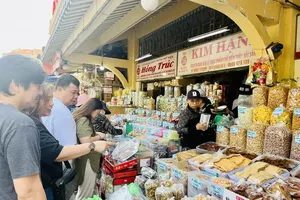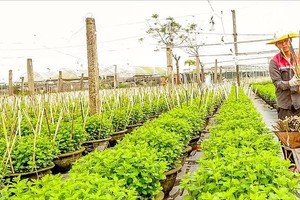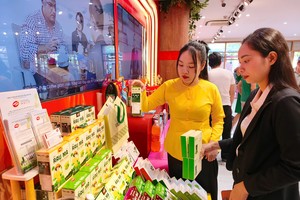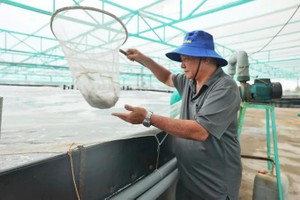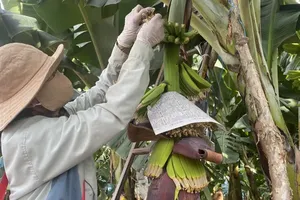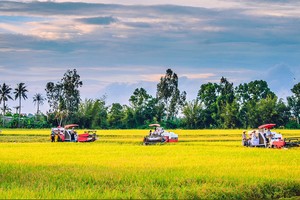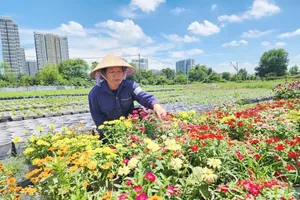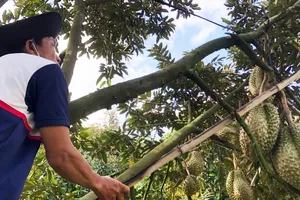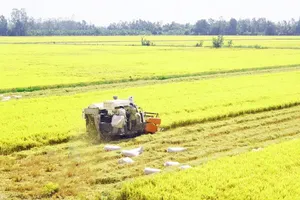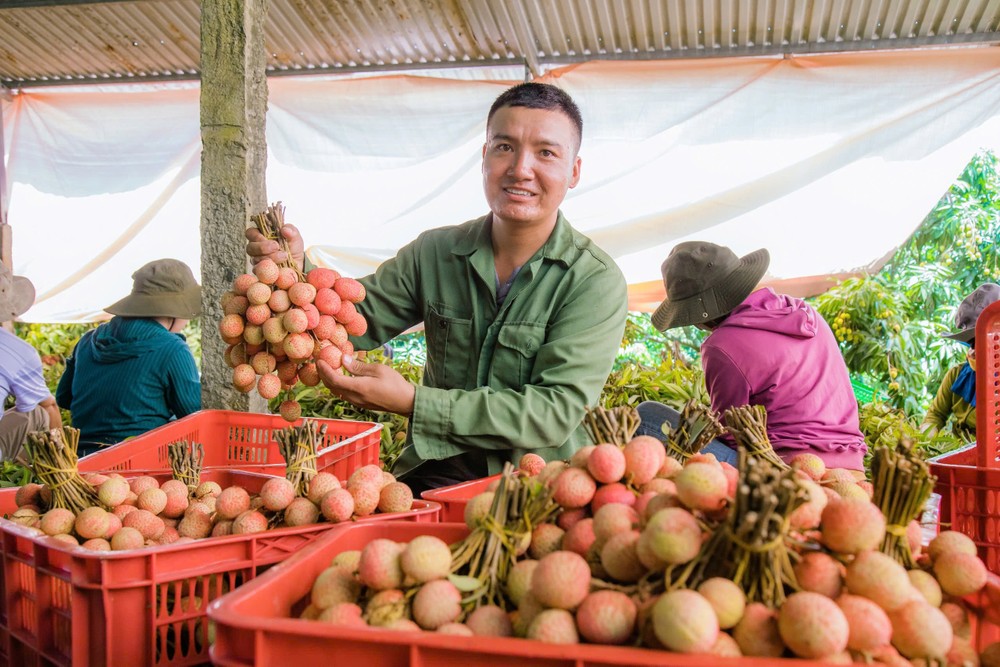
Lychee brings in billion-Vietnamese dong revenues
These days, Ea Sah is abuzz with the vibrant energy of lychee harvest season. Crimson clusters hang heavy on the trees, their sweet fragrance drifting through every alley and orchard. This year’s crop ripened early and fetched high prices, bringing palpable joy to the local farming community.
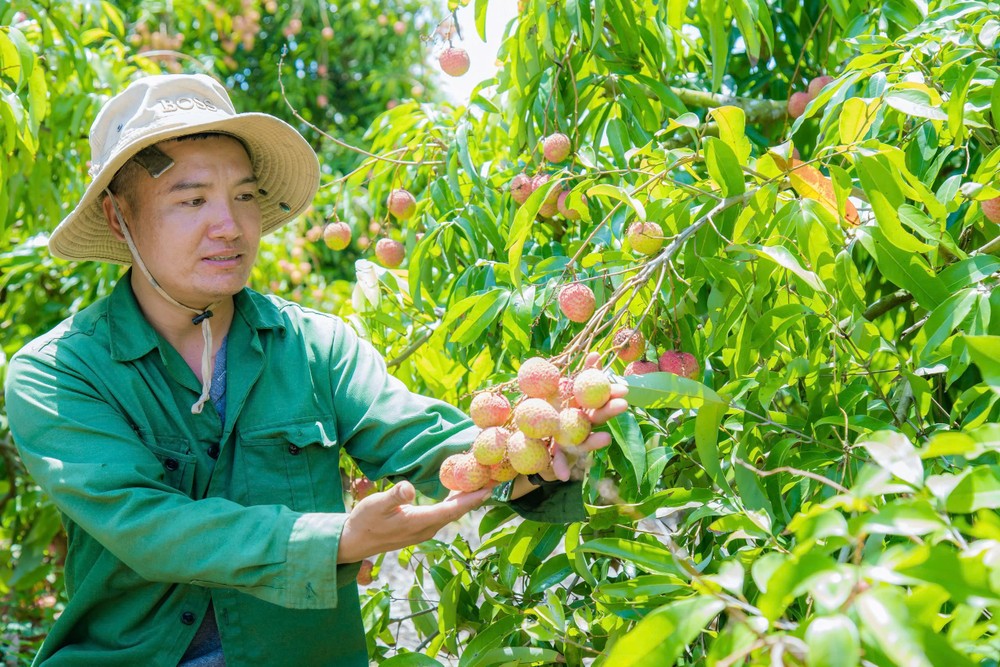
Le Van Long, who now cultivates 26 hectares of U Hong lychee, shared that he relocated from Hai Duong to Dak Lak in 2015, bringing with him this particular lychee variety. He initially planted just 5 hectares. Despite the arid, sandy soil, the lychee trees flourished, producing sweet fruit in the unfamiliar terrain of Ea Sah.
Encouraged by the crop's resilience and profitability, Long steadily expanded his orchard. His success, he said, stems from diligent care and the integration of modern agricultural techniques. “I use drones to spray pesticides, which saves labor and protects our health. I also rely on biological products to nourish the trees, which has significantly improved the orchard’s productivity,” he explained with a smile.
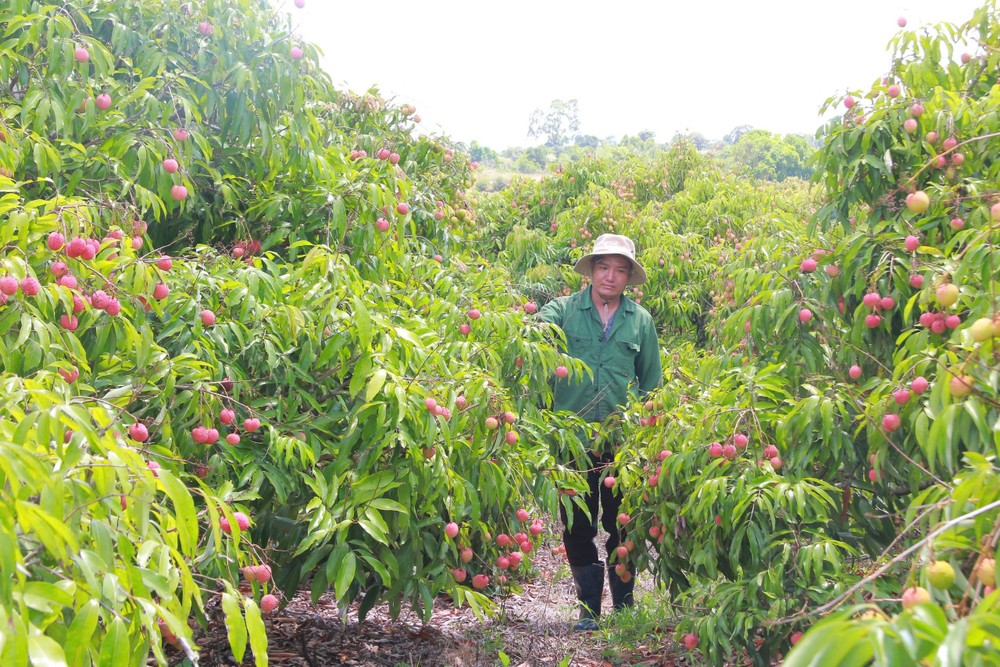
In 2024, his lychee yield surpassed 100 tons, and projections for this year suggest it may double, exceeding 200 tons. With prices hovering around VND58,000 per kilogram, Long estimates that each hectare generates over VND1 billion in revenue.
Beyond the impressive earnings, Long’s farm has become a vital source of employment during the harvest season, hiring more than 100 local workers. From picking and sorting to packing and transport, each worker earns a steady wage of VND250,000 to VND350,000 per day.
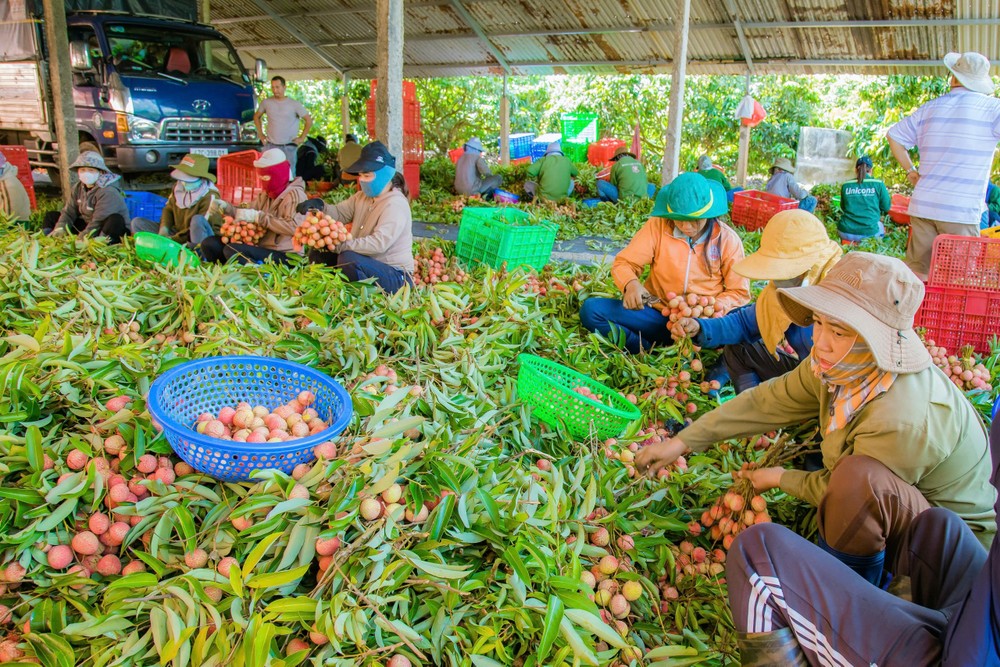
U Hong lychee is a newly developed hybrid variety, created by crossbreeding the traditional lychee and the purple lychee. Its name—U Hong—derives from the fruit’s striking rose-red color, and its distinctive U-shaped form. Known for its crisp texture, rich aroma, and delicately sweet flavor, U Hong lychee is also highly prized for being juicy with a small seed.
Dak Lak lychee farmers eye stable markets
In Ea Sah Commune, Le Van Thuong has become a prominent name thanks to his 15 hectares of U Hong lychee, which generate annual revenues in the tens of billions of Vietnamese dong. “Last year, each hectare yielded around 15 tons. With favorable weather this season, we're expecting even higher output,” Thuong shared enthusiastically.
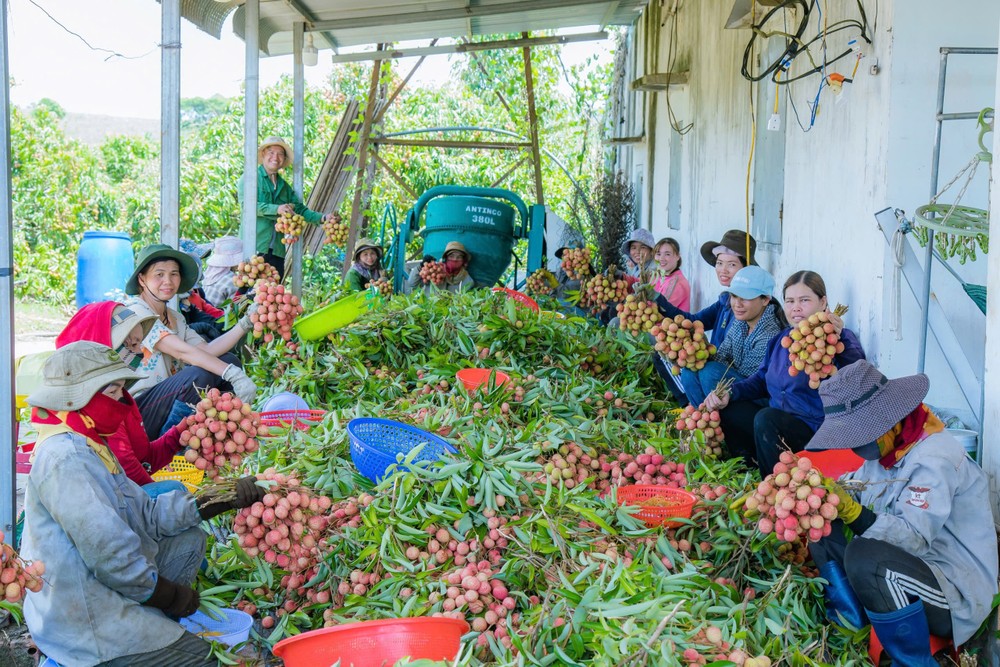
Yet despite the promising yields, Thuong pointed out a key concern: unstable pricing. “The lychee market remains unpredictable. Farmers need more support from authorities to help link growers with stable distribution channels,” he said.
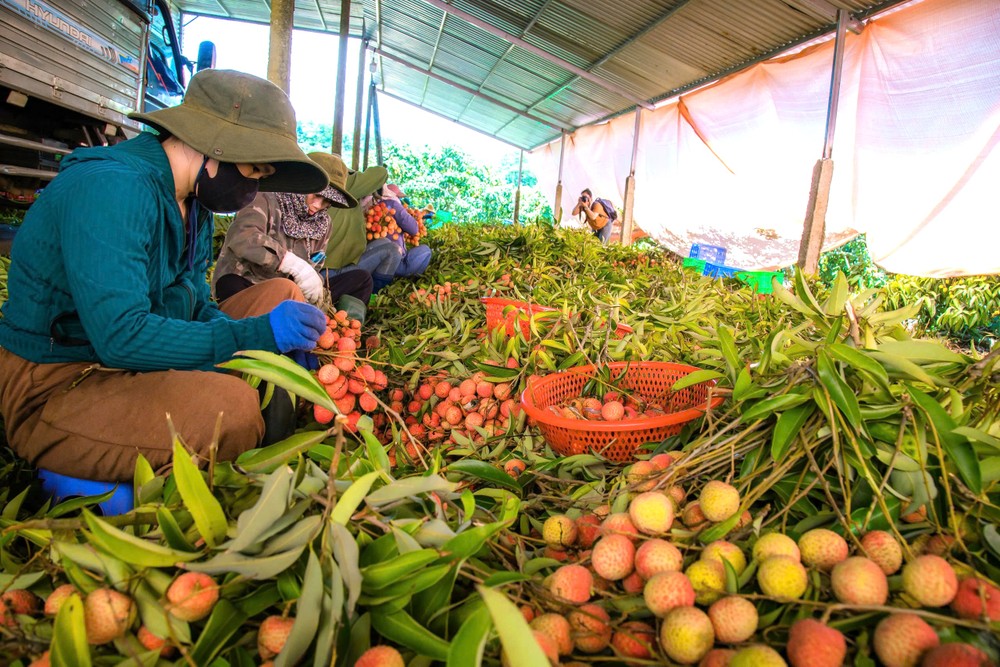
Local officials recognize both the crop’s potential and the challenges it faces. Mr. Van Dinh Thin, Chairman of the Ea Sah People's Committee, noted that lychee cultivation in the commune now covers 400 hectares, with this year’s output projected to reach 5,000 tons. “Lychee has become a pillar of local economic growth, not only raising household incomes but also reshaping our rural landscape. Many families have risen out of hardship and are now prospering,” he said.
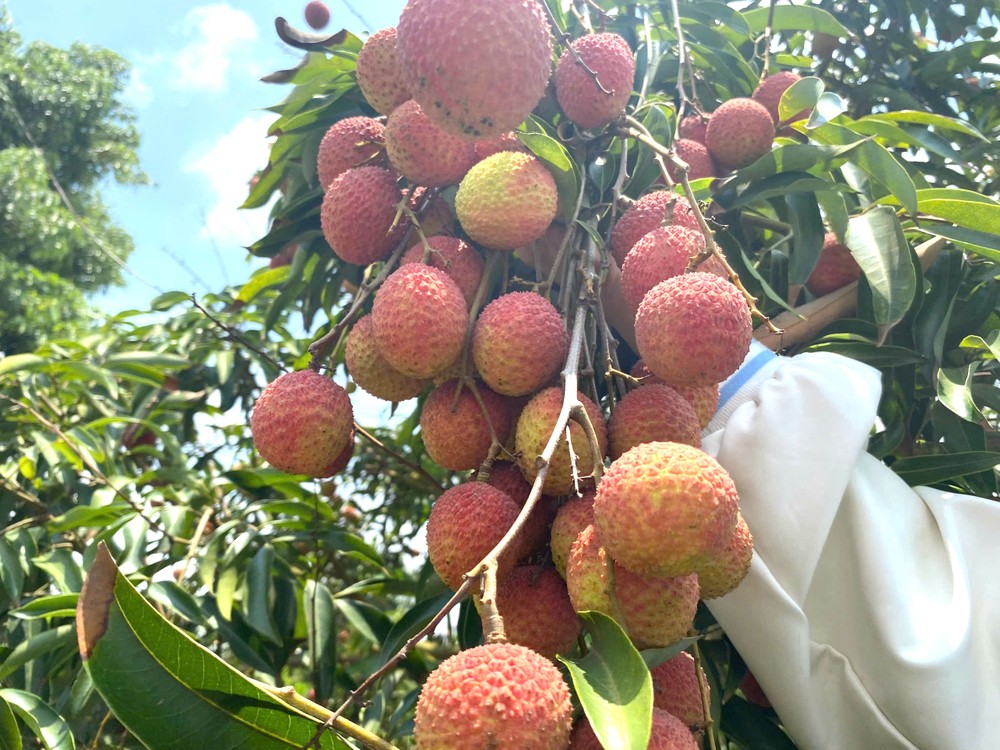
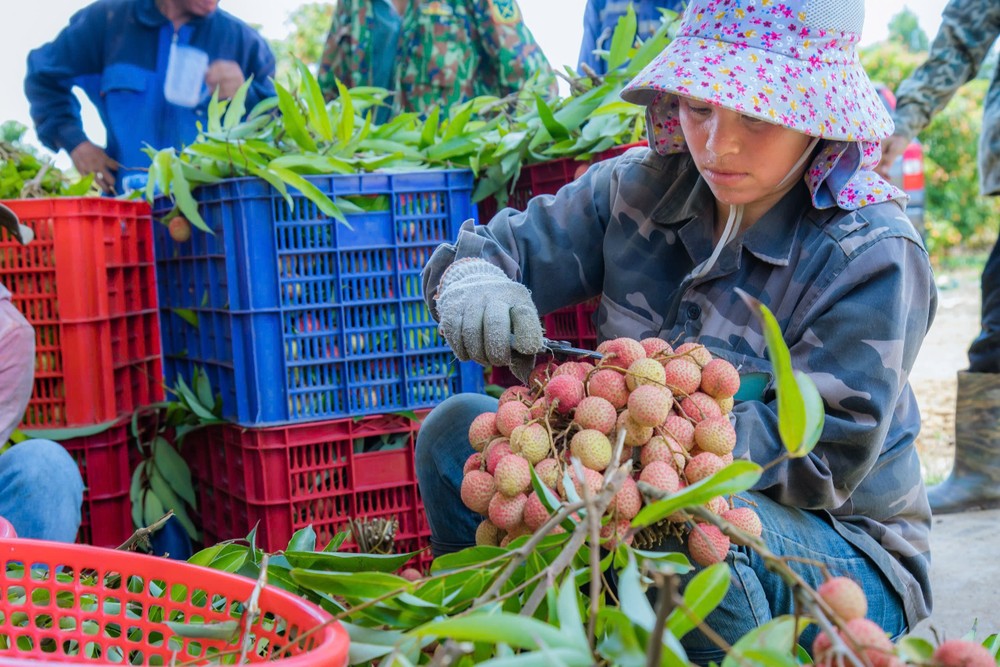
Looking ahead, the commune plans to host a 2025 lychee production and consumption coordination conference. The event will offer growers insights into market trends and production forecasts, while also providing training to improve fruit quality and farming practices.
Provincial data underscores the growing importance of lychee in Dak Lak’s agricultural economy. The Department of Agriculture and Environment of Dak Lak Province reports that the province has over 3,000 hectares under lychee cultivation, with more than 1,600 hectares currently in harvest. Annual output is estimated at 17,000 tons. Ea Kar District stands out as the province’s lychee heartland, with over 1,000 hectares dedicated to the fruit. While the domestic market remains a key destination, Dak Lak lychee is also exported to China and Japan.


